matplotlib has an animation module to do just that. However, examples provided on the site will not run as is in a notebook; you need to make a few tweaks to make it work.
Here is the example of the page below modified to work in a notebook (modifications in bold).
import numpy as np
import matplotlib.pyplot as plt
from matplotlib.animation import FuncAnimation
from matplotlib import rc
from IPython.display import HTML
fig, ax = plt.subplots()
xdata, ydata = [], []
ln, = plt.plot([], [], 'ro', animated=True)
def init():
ax.set_xlim(0, 2*np.pi)
ax.set_ylim(-1, 1)
return ln,
def update(frame):
xdata.append(frame)
ydata.append(np.sin(frame))
ln.set_data(xdata, ydata)
return ln,
ani = FuncAnimation(fig, update, frames=np.linspace(0, 2*np.pi, 128),
init_func=init, blit=True)
rc('animation', html='html5')
ani
# plt.show() # not needed anymore
Note that the animation in the notebook is made via a movie and that you need to have ffmpeg installed and matplotlib configured to use it.



